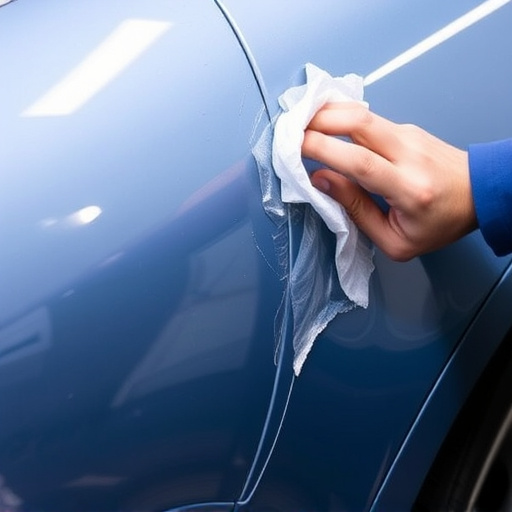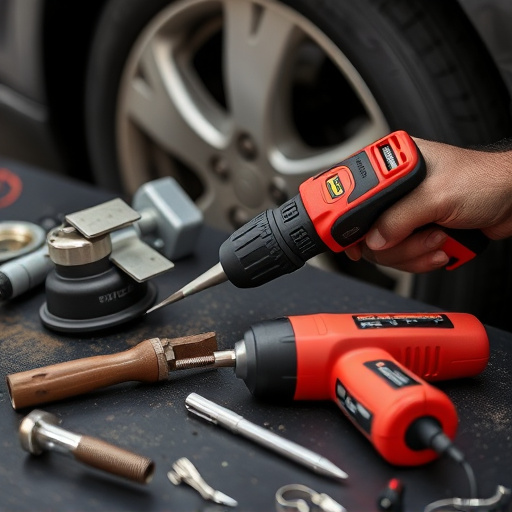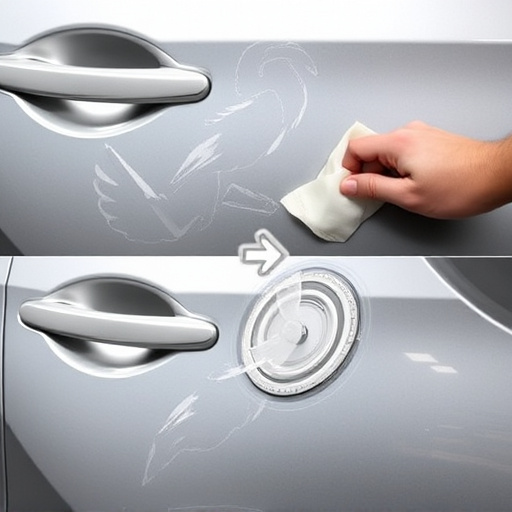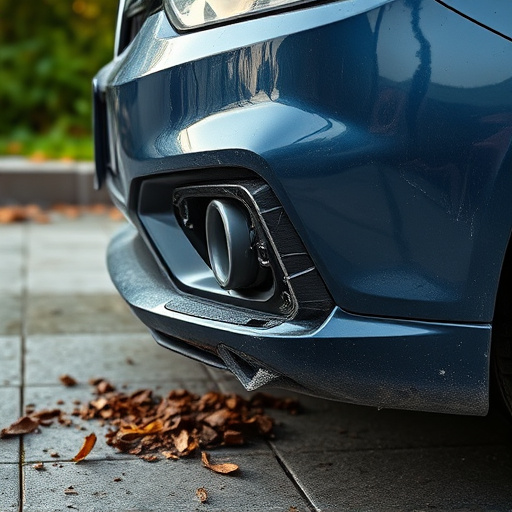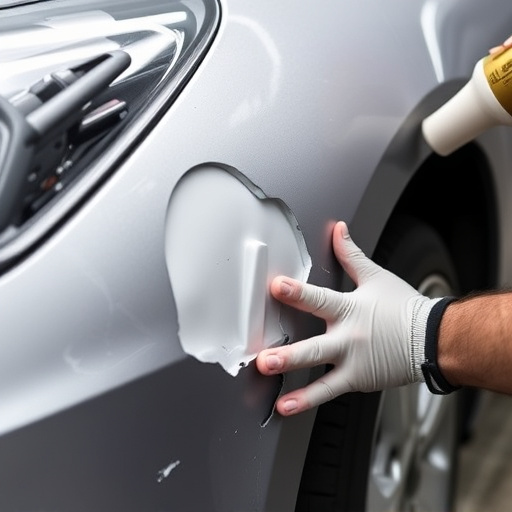In today's competitive collision repair industry, effective communication through regular repair progress updates is vital for building customer trust. These updates ensure clients feel involved and reduce anxiety about their vehicle's status, especially during complex repairs. Implementing systems like text notifications or emails keeps customers informed, enhances satisfaction, and fosters long-term relationships, leading to business growth.
Staying connected with customers throughout the repair process is vital for fostering trust and ensuring satisfaction. This article explores the significance of repair progress updates as a powerful tool to keep clients informed and engaged. We’ll delve into effective communication strategies post-repair, highlighting how proactive follow-up can enhance customer loyalty. By understanding the importance of regular updates, you can revolutionize your service approach, leading to happier clients and a positive reputation.
- Understanding the Importance of Regular Updates
- Effective Communication Strategies Post-Repair
- Enhancing Customer Satisfaction Through Follow-Up
Understanding the Importance of Regular Updates
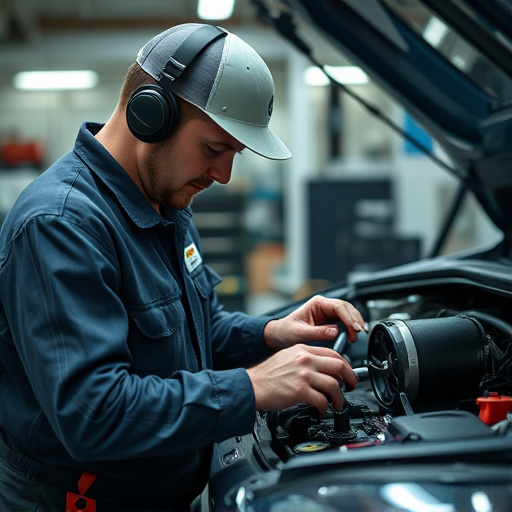
In the fast-paced world of vehicle ownership, effective communication regarding repair progress updates is vital for building trust between the customer and the collision repair shop. Regular, transparent updates assure clients that their vehicles are in capable hands, fostering a sense of partnership throughout the repair process. By staying informed, customers can better manage their schedules and expectations, reducing potential anxiety or uncertainty about their vehicle’s status.
This proactive approach is especially crucial during complex vehicle collision repairs, where multiple components may need attention. Providing timely updates allows clients to stay engaged with the process, facilitating open dialogue for any concerns or adjustments needed. Moreover, regular progress reports can help identify potential delays early on, allowing both parties to collaborate and find solutions, ultimately enhancing customer satisfaction at the collision center.
Effective Communication Strategies Post-Repair
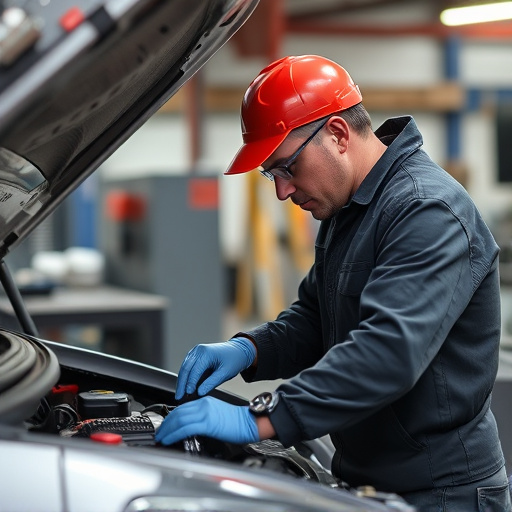
After a repair is complete, maintaining open lines of communication with the customer is key to ensuring their satisfaction and fostering trust. One effective strategy is to implement a system for regular repair progress updates. This could involve sending text notifications or emails at predefined intervals, providing details on the work completed so far and any remaining steps. Customers appreciate transparency, especially when it comes to understanding potential delays or additional costs.
For instance, in the case of auto glass repair, a clear communication plan can set expectations around lead times for parts and labor. A simple yet effective approach is to offer detailed receipts and after-repair reports, outlining the issues addressed and ensuring the customer feels involved throughout the process. This two-way dialogue can also serve as a platform for post-repair feedback, allowing both parties to address any concerns promptly.
Enhancing Customer Satisfaction Through Follow-Up

After a repair service is completed, the follow-up communication plays a pivotal role in enhancing customer satisfaction. This process allows for a direct line of interaction between the service provider and the client, ensuring any lingering concerns are addressed promptly. Repair progress updates, for instance, can be delivered through various channels like text messages, emails, or even phone calls, keeping customers informed about their vehicle’s restoration status.
This proactive approach to post-repair follow-up fosters trust and reinforces the quality of service rendered. For autobody repairs, car dent repair, or car paint repair services, a simple check-in can go a long way in building lasting customer relationships. By demonstrating care for the client’s experience, businesses not only retain customers but also encourage positive word-of-mouth referrals, ultimately contributing to sustained growth and success.
In conclusion, implementing robust repair progress updates and strategic post-repair communication are vital for fostering customer satisfaction. By adopting effective repair progress updates strategies, businesses can enhance transparency, build trust, and ensure clients remain informed throughout the repair process. Furthermore, proactive post-repair follow-up serves as a powerful tool to strengthen customer relationships, gather valuable feedback, and encourage repeat business. These practices collectively contribute to a positive customer experience, solidifying a company’s reputation in a competitive market.

